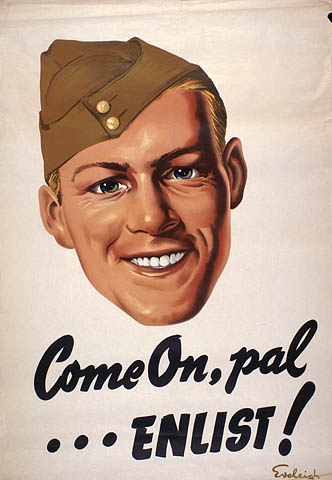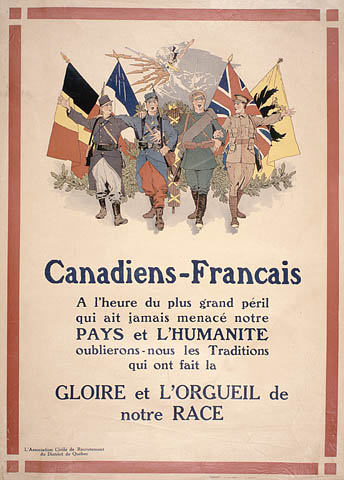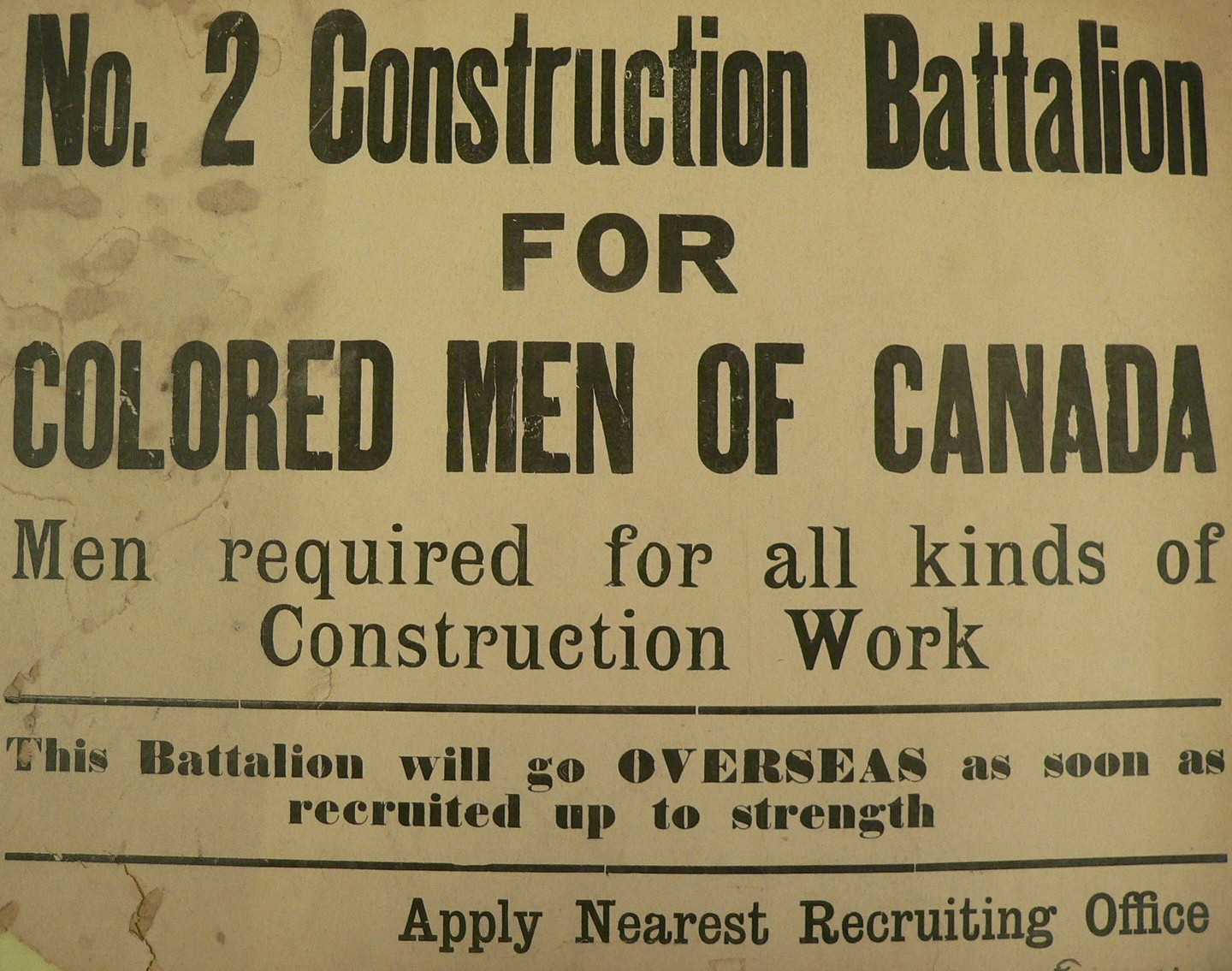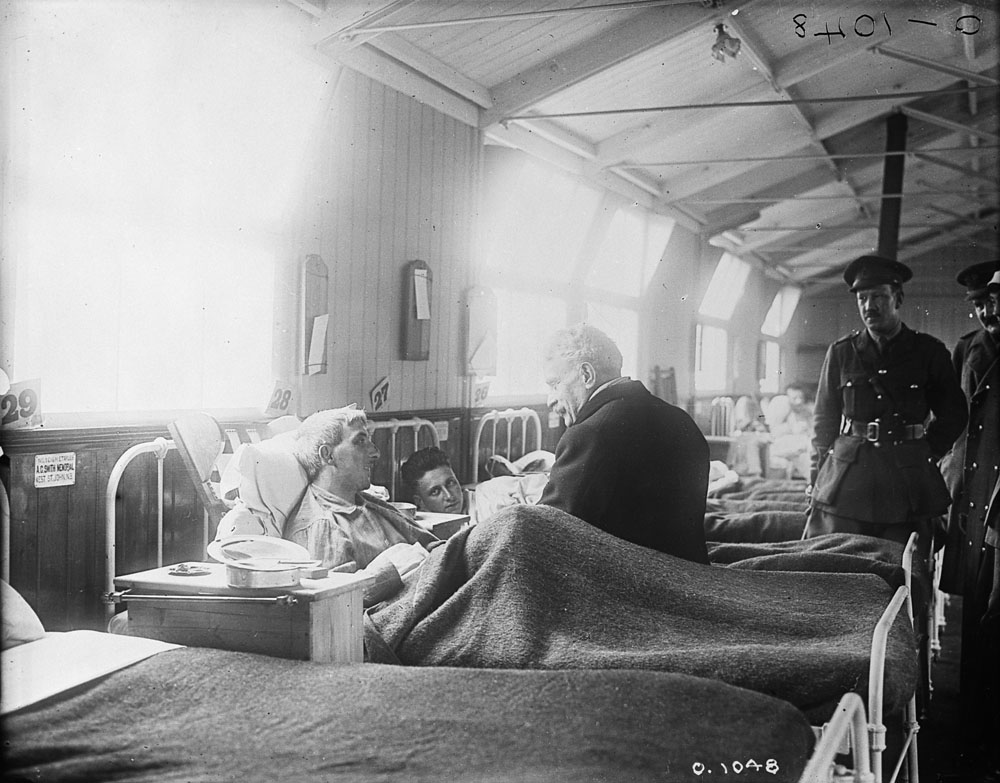Does Iraq Have Mandatory Military Service Or Conscription Law
Conscription is the compulsory enlistment or "retrieve" of citizens for military service. It is sometimes known equally "the draft." The federal government enacted conscription in both the Commencement World War and the 2nd World War. Both instances created sharp divisions between English Canadians, who tended to support the practise, and French Canadians, who mostly did not. Canada does not currently accept mandatory military service. The Canadian War machine are voluntary services.
Conscription is the compulsory enlistment or "call up" of citizens for military service. It is sometimes known as "the draft." The federal authorities enacted conscription in both the Get-go Earth War and the Second Earth War. Both instances created sharp divisions between English Canadians, who tended to support the do, and French Canadians, who mostly did not. Canada does not currently have mandatory war machine service. The Canadian Military are voluntary services.
How Does Conscription Work?
Under conscription, all males of a certain age must register with the authorities for military service. In some countries, females are also conscripted. Once registered, these people may exist "called upwards" for military service. Some people may be exempt (excused) from mandatory military machine service. This could include people in sure occupations or who endure from physical or mental affliction or disability.
Does Canada Accept Conscription?
Canada does non currently have conscription. Some countries accept mandatory armed services service (e.g., Switzerland, Sweden, Israel). But it is unlikely that Canada will reintroduce the draft. During the Start and Second Globe Wars, conscription created deep divisions in the country. This experience has contributed to deep unease about the practice amongst Canadians.
Conscription in the Showtime Earth War
During the Southward African State of war (1899–1902), several thou Canadians volunteered to fight for the British Empire overseas. Conscription for Canada's limited state of war effort in South Africa had therefore not been necessary. The same was true during the early years of the Start World State of war. From 1914 to 1915, some 330,000 Canadian willingly enlisted to fight against the Germans in France and Belgium.
By late 1916, however, the relentless human toll of the war and the horrific number of casualties were outset to cause reinforcement bug for the Canadian commanders overseas. (See Canadian Control During the Nifty State of war; Canadian Expeditionary Strength.) Recruitment at home was slowing, and the manpower and enlistment arrangement was disorganized.
For Prime Minister Sir Robert Borden, the first necessity was to assist the men in the trenches. In May 1917, he returned to Canada from the Royal War Conference in London and from visits to the trenches. He had decided that compulsory service was necessary and announced his conclusion in Parliament on 18 May.
Union Government
Borden was concerned that opponents of conscription, including the Liberal Party, would join forces to defeat the Conservative government in the general election that December. Borden decided that the best way to bring conscription virtually — while placating Quebec, where support for it was weak — was to bring his francophone opponent into a wartime coalition. On 25 May, he offered to grade a coalition government with Liberal leader Sir Wilfrid Laurier. Borden promised the Liberals an equal number of seats in Cabinet in commutation for their support for conscription.
However, after consulting his supporters, Laurier rejected the proposal on 6 June. Laurier believed Quebec would never concur to conscription. He feared that if he joined the pro-conscription coalition, French Canada would be delivered to the hands of such Quebec nationalists as Henri Bourassa. (See also Francophone Nationalism in Quebec.)
After enormous difficulty, the Military Service Act became law on 29 August 1917. It made all male citizens aged xx to 45 subject to call-up for armed forces service, through the end of the state of war. Nigh every French-speaking member of Parliament opposed conscription; about all the English-speaking MPs supported it. The eight English-speaking provinces too endorsed Borden'south movement, while the province of Quebec opposed it.
In October, after months of political manoeuvring, Borden announced a Union Government; information technology was a coalition of loyal Conservatives, plus a handful of pro-conscription Liberals and independent members of Parliament.
Did Yous Know?
At beginning, theMilitary Service Human action(MSA) included Status Indians and Métis men. All the same, some Start Nations leaders challenged conscription on the grounds that it violated treaties between the Crown and Indigenous peoples. As a upshot, Indigenous peoples (both treaty and non-treaty peoples) were exempted from the MSA in January 1918. (See Indigenous Peoples and the Commencement World War.) In contrast, Black Canadians were subject field to conscription, despite the opposition that many Black volunteers faced when they tried to enlist earlier in the state of war. (See Black Canadians and Conscription in the Beginning World State of war; Black Volunteers in the Canadian Expeditionary Force.)
Wartime Elections Act
The controversial Wartime Elections Deed became law on twenty September 1917. It extended the correct to vote in federal elections to nursing sisters (women serving in the Canadian Army Medical Corps) and to shut female relatives of military men. Canadian women had previously been denied the correct to vote in federal elections. (Run across Women's Suffrage in Canada.) Past extending the vote, the Act was meant to entice voters who were likely to support the developing Union Regime and conscription.
However, the Wartime Elections Act besides removed the correct to vote from thousands of people who were likely to vote against conscription. This included immigrants from "enemy countries" who had become citizens after 1902; although those citizens who had a son, grandson or blood brother on agile duty in the Canadian armed forces were exempted. The police force also removed the right to vote from all conscientious objectors — those who refused to go to war because it was against their religious, moral or upstanding beliefs. (See Pacifism.)
Ballot of 1917
The federal election of 1917 was divided. Neither French- nor English-speaking Canadians were unanimous in their views on the subject; simply English language Canada, broadly speaking, gave Borden his mandate to put conscription into consequence. The Union Government won a majority with 153 seats, including only three from Quebec. Laurier's Liberals won 82 seats, 62 from Quebec.
As a political measure, conscription was largely responsible for the re-election of the Borden authorities. However, conscription left the Conservative Party with a heavy liability — and feelings of expose — in Quebec and in the agricultural West (where the call up took people away from family farms).
1918 Anti-Conscription Riots
Anti-conscription riots broke out in Quebec. In 1918, the government used the War Measures Human activity to quell the anti-conscription Easter Riots in Quebec Urban center between 28 March and ane April 1918. Martial law was declared, and more 6,000 soldiers were deployed. Rioters attacked the troops with gunfire and with improvised missiles, including ice and bricks. The Easter Riots grew increasingly trigger-happy and resulted in as many as 150 casualties. Four civilians were killed when soldiers returned fire on armed rioters.
How Many Men Were Conscripted in the First World War?
The process of call-ups began in Jan 1918. Certain exemptions from call-up were also lifted in the spring of 1918. Of the 401,882 men who registered for military machine service, 124,588 men were drafted to the Canadian Expeditionary Strength. Of those, 99,651 were taken on strength, while the residual were establish unfit for service or discharged. In total, 47,509 conscripted men were sent overseas and 24,132 served in France. The rest served in Canada.
Conscription in the 2nd World War
Ii decades later, as the threat of a new war in Europe became serious, the question of military conscription again acquired lively political contend. However, in March 1939, both the Liberal Party and Conservative Party accepted a program rejecting conscription for possible overseas service. When Canada declared war in September 1939, the regime renewed its pledge not to conscript soldiers for overseas service.
In June 1940, every bit Kingdom of belgium and French republic fell to Nazi Germany, the public began to telephone call for a more concerted Canadian state of war effort. In response, the government passed the National Resources Mobilization Act on 21 June. It provided for enlistment only for habitation defence. Registration took place virtually without incident. A notable exception was the public opposition of Montreal mayor Camillien Houde. He was interned for four years after he urged constituents to ignore their telephone call-upwardly papers. (Come across too Internment in Canada.)
In 1941, equally recruitment slowly progressed, more people spoke out in favour of conscription; start inside the Conservative Party and later among English-speaking Canadians in general. To appease supporters of conscription, Prime Minister William Lyon Mackenzie King decided to hold a non-binding plebiscite asking Canadians to release the authorities from its anti-conscription promises.

In Quebec, the Ligue pour la défense du Canada was established to campaign for the "no" side. On 27 Apr 1942, 72.9 per cent of Quebec residents voted "no." In all other provinces the "aye" vote triumphed by some eighty per cent. The regime then passed Bill lxxx. It authorized conscription for overseas service if it was deemed necessary. Quebec's Bloc populaire was formed in response to the Mobilization Act. The political party continued to fight against conscription past presenting candidates for the August 1944 provincial elections and the June 1945 federal elections.
After D-Day operations and the Normandy campaign in 1944, J.L. Ralston, the minister of national defense force, was convinced of the need for overseas conscription. Unexpectedly high casualties on the front, combined with a large commitment of manpower to the Regal Canadian Air Strength and Royal Canadian Navy, left the Canadian Army curt of recruits.

Male monarch, who had hoped he would not have to invoke Bill lxxx, replaced Ralston with Full general A.G.50. McNaughton, who did not support conscription. On 22 Nov, however, the prime minister best-selling the pro-conscriptionist sentiments of many of his anglophone Cabinet ministers (who threatened to resign over the matter) and reversed his decision. He announced that conscripts would be sent overseas.
DID You lot KNOW?
After conscription during the Second Earth State of war, the term zombiewas used to depict the 60,000 men drafted under the National Resources Mobilization Act who had non volunteered for active service overseas. It was a derogatory term used to shame conscripted soldiers.
Simply 12,908 conscripted soldiers, disparagingly known as zombies, were sent to fight abroad. This was a tiny number compared with the hundreds of thousands of Canadian volunteers, including French Canadians, who fought overseas. Only two,463 reached the forepart lines earlier Germany surrendered in May 1945. Still, this 2d conscription crisis worsened relations between anglophones and francophones in Canada, though to a lesser extent than during the Outset World War.
Encounter also Military Recruiting; Ethnic Peoples and the Second World State of war.
Source: https://www.thecanadianencyclopedia.ca/en/article/conscription
Posted by: bratcherwithile1984.blogspot.com











0 Response to "Does Iraq Have Mandatory Military Service Or Conscription Law"
Post a Comment